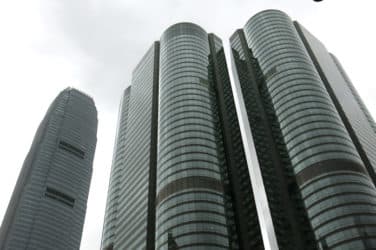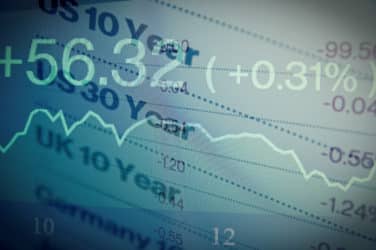There’s a new wrinkle in the equity volume battle between the public exchanges and dark pools – and it comes from within the exchange sector itself. Venues that offer an inverted price structure are grabbing market share away from those that offer traditional pricing schema.
The exchange operators, in a bid to grab more equity trading volume from their competitors, operate exchanges under their aegis that employ two ways to attract liquidity and facilitate a trade. The first is the traditional maker-taker rebate pricing scheme where the liquidity provider is paid a rebate to post a bid or offer. The other and newer scheme is taker-maker, or inverted rebate system where the liquidity taker is paid for facilitating a trade.
Now, according to data compiled by Andrew Upward, head of market strategy at Weeden & Co, exchanges such as Nasdaq BX and others that employ the inverted pricing system are gaining market share versus their older and traditional counterparts.
“If stock prices had gone south in recent months, we might have expected such a result,” Upward said. But, as he is quick to note, prices have gone up.
As stock prices go lower, the one-penny minimum tick size grows in percentage terms. Spreads widen out in percentage terms for lower-priced stocks, and proprietary traders use inverted venues to effectively make them narrower.
“Meanwhile, order queues get longer for certain stocks, bolstering the incentive for brokers to use inverted venues to increase their odds of capturing spread,” he said.
According to his data, Nasdaq BX, Bats BYX and Bats EDGA, all exchanges that employ an inverted price model, hit an all-time high as a percentage of total exchange volume in August. In tracking their market share since August 2008, market share for the inverted venues has climbed from 1% to 16% now.
“Our hunch is that the causes are more behavioral than structural,” Upward said. ”In other words, we suspect that brokers may be changing their attitude toward inverted venues and voluntarily using them more – as opposed to some change to the market structure (or market environment) that would cause brokers or HFT firms to route more orders to them.”
Upward cautioned that his reasoning is for now just a hunch and that further analysis is required to drill down to what the exact causes may be. But the data are telling the story.
Sean DeBotte, chief executive at Omega ATS in Canada, has noted this same phenomenon in the Great North – both on his ATS (Omega, which operates with an inverted pricing scheme) and on other inverted marketplaces such as Nasdaq’s CX2, TMX Alpha, Aequitas NEO and CSE/PURE.
“This has been the year of the inverted marketplace and model,” Debotte said. “Both for us and others.”
However, growth in the usage of inverted price markets is different in Canada than in the US. While Upward said that users are looking to narrow the spread, Canadian brokers can execute more cheaply on the inverted markets on active trades on immediately marketable retail market orders.
Trading in Canada must be done on a public exchange – there are no wholesalers like in the US that execute retail market order and brokers cannot internalize order flow.
“For these reasons, brokers can save money on active trades as immediately marketable retail orders coming off automated trading systems will seek to get done at cheaper levels. Although you’ll have to pay for liquidity, you’re getting access to that retail order flow.”
Omega ATS has seen its market share grow from 2% to 5% in the last two years as the result of its inverted pricing system. But DeBotte also made sure to give his competitors their due too, noting that his competitors have also been grabbing market share such as Nasdaq’s CX2 which trades 3.5% of the total Canadian market. TMX Alpha trades 4.5, while Neo and CSE control less than 1%.
Overall, DeBotte said that the five Canadian trading venues that employ an inverted price scheme have collectively seen their share of the equity trading grow from 8% in 2015 to 14% now.
More on Trading Venues
- Turquoise Plato Shows Power Shift to Buyside
- GMEX Positions for New MiFID II Venues
- CHX Proposes New Liquidity Taking Order that Incorporates Delay





